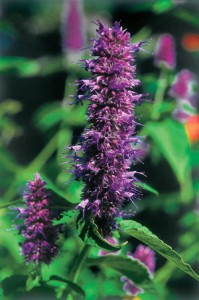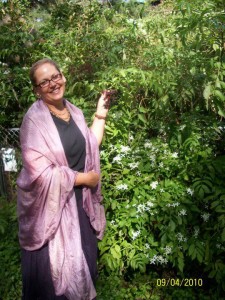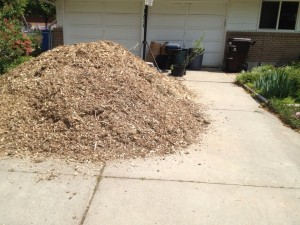
As it turns out this strong beauty had even more to tell. Many first nation people used the anise hyssop also called lavender hyssop (Agastache foeniculum). The Cree frequently included the flower in their medical bundles. The Lakota’s called it “wahpe’ yata’pi” or leaf that is chewed. Anise Hyssop is an effective expectorant and increases perspiration. The Cheyenne made a tea from the leaves that when it was cooled was drunk for chest pain related to coughing, a weak heart or a dispirited heart. Because it is known to increase perspiration, some first nation people rubbed the powdered leaves on their body to create a cooling effect during a fever. It was also used to induce sweating in the sweat lodge.

Both the flower and the leaves of the anise hyssop are edible and have the nice anise/licorice flavor. Consider mixing the chopped leaves or flowers in soft cheese, butter, cranberry sauce, peaches, stew, lettuce or a fruit salad. Cooking does not seem to decrease the flavor of this herb.
I heated ¾ a cup of apricot jam with 2 tablespoons of finely chopped anise hyssop leaves over low heat just until it melted nicely together, then I refrigerated it overnight. In the morning I poured it over cream cheese and served it with crackers for our herb society meeting ~ everyone gobbled it up and asked for the recipe!
I also made anise hyssop cookies by just adding two tablespoons of chopped leaves to a sugar cookie recipe. I couldn’t taste a strong flavor so you might want to add more. Other people said they could taste the hint of anise and liked them.

You would think this would be enough for one plant, but there is more. Anise Hyssop is also called the beekeeper plant because it attracts bees and is prized for making anise flavored honey. The flowers and leaves can be dried and added to potpourris. I also had in my notes that a friend said to boil the leaves and wrap in a cloth to put on a black eye, but as many of you know my brain routinely purges information so I have no memory of who told me this or if it is true.
Now I’m going out to move mulch so I can put my car in the garage at some point this weekend.
Happy Gardening!


